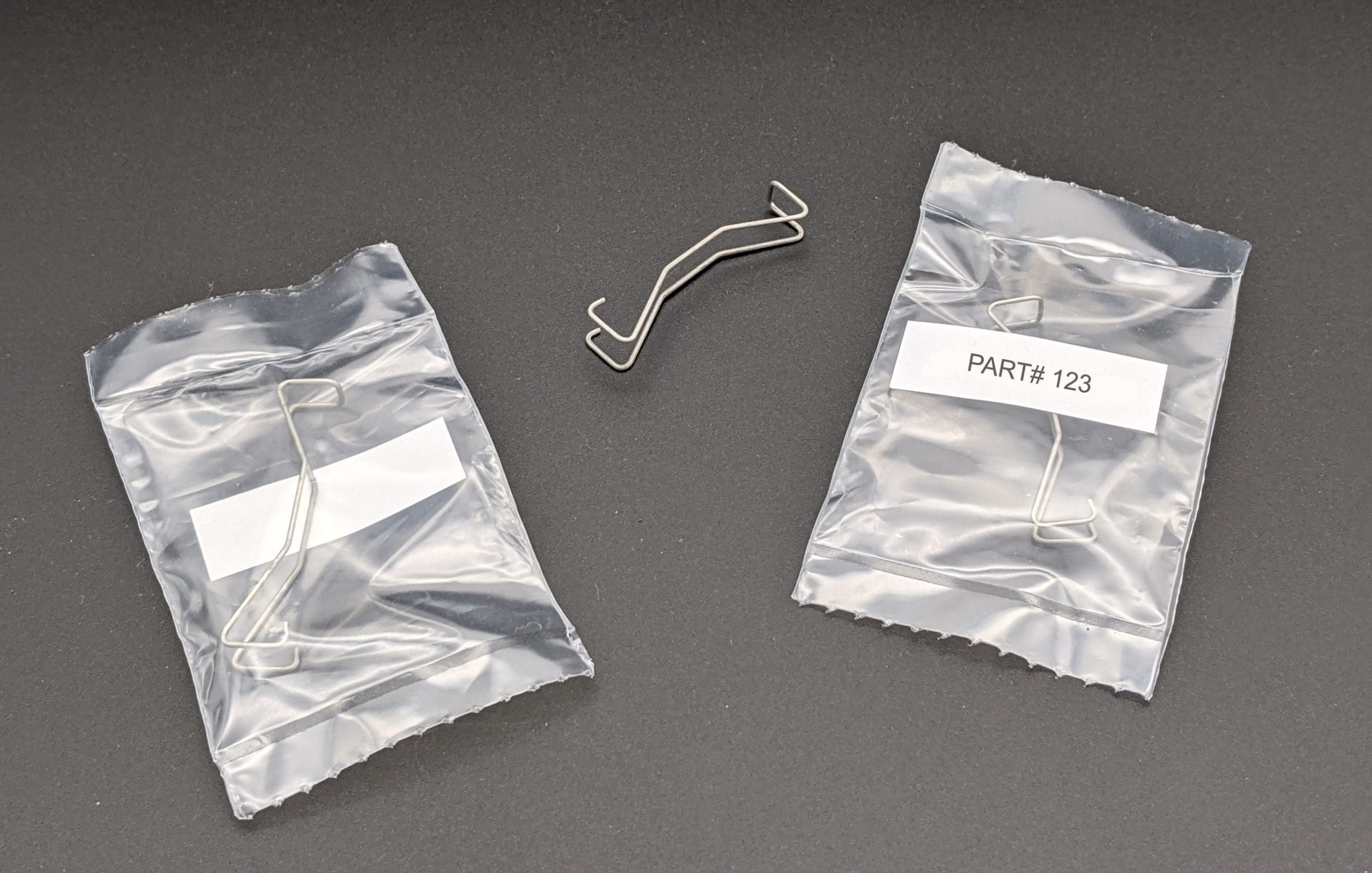Get unique, complex parts easily. No matter your requirements, Chaoyi Spring creates hard-to-produce coil springs and wire forms.
Let us help you create the custom wire form you need, from S-hooks and J-hooks to utility hooks and more.
We work closely with customers across a wide range of industries, helping them design and manufacture made-to-order parts.
Why choose Chaoyi Spring? We prioritize customer-focused collaboration, modern equipment and the latest technology to make your parts per print.
Find the information and guidance you need, from measuring a spring to learning about materials, placing an order and much more.
Coil springs, ubiquitous in countless mechanical systems, are often subjected to compression forces. This compression, a fundamental concept in spring mechanics, plays a crucial role in how springs store and


Coil springs, ubiquitous in countless mechanical systems, are often subjected to compression forces. This compression, a fundamental concept in spring mechanics, plays a crucial role in how springs store and release energy, ultimately affecting the performance and longevity of the systems they support. Understanding coil spring compression is essential for engineers, designers, and anyone seeking to optimize the behavior of these essential components.

Coil spring compression refers to the act of pushing or squeezing a coil spring, reducing its length and increasing its stored energy. When a force is applied to a coil spring, the individual coils come closer together, deforming the spring's shape. This deformation is reversible, meaning the spring will return to its original length when the force is removed. The ability of a coil spring to store energy during compression is a key factor in its functionality.
The amount of force required to compress a coil spring depends on several factors, including the spring's material, its diameter, the number of coils, and the spring's free length. A stiffer spring, typically made of a stronger material or with a higher coil count, requires a greater force to compress to the same degree. Conversely, a more flexible spring will compress more readily under the same force.
Spring rate, often denoted as 'k,' is a crucial concept in spring compression. It represents the force required to compress a spring by a specific distance. Simply put, a spring with a high spring rate requires a larger force to compress it by a given amount, while a spring with a low spring rate compresses more easily. The spring rate is typically measured in units of force per unit distance, such as pounds per inch (lb/in) or Newtons per meter (N/m).
The relationship between the applied force, the spring rate, and the amount of compression is described by Hooke's Law. This fundamental principle states that the force required to compress or extend a spring is proportional to the amount of compression or extension. Mathematically, Hooke's Law can be expressed as:
F = -kx
Where:
The negative sign indicates that the force acts in the opposite direction to the displacement. For example, if the spring is compressed, the force acts to resist further compression.
Coil spring compression finds widespread applications in a vast range of mechanical systems and everyday devices. Here are a few key examples:
When designing systems incorporating coil springs, engineers must carefully consider several factors related to compression:
Coil spring compression is a fundamental concept in mechanical design, with applications spanning numerous industries. Understanding the principles of spring rate, Hooke's Law, and the factors influencing spring compression is essential for engineers, designers, and anyone working with these ubiquitous components. By carefully considering these principles, engineers can design systems that leverage the unique properties of coil springs to achieve optimal performance, durability, and reliability.
From the intricate mechanisms of automotive suspension systems to the simplicity of a household spring-loaded door closer, coil spring compression plays a vital role in our daily lives. By understanding the forces at play and the factors influencing spring compression, we can appreciate the ingenuity and efficiency of these fundamental components and their role in shaping the world around us.
Browse some of the custom wire forms and springs that we manufacture. Don’t see what you need? We specialize in made-to-order products that meet your application requirements.
Visit Our GalleryNeed a custom wire form or coil spring? We make it work. Fill out the contact form and a representative will respond within 1 business day. If you have a PDF or CAD file, you can submit to request a quote.